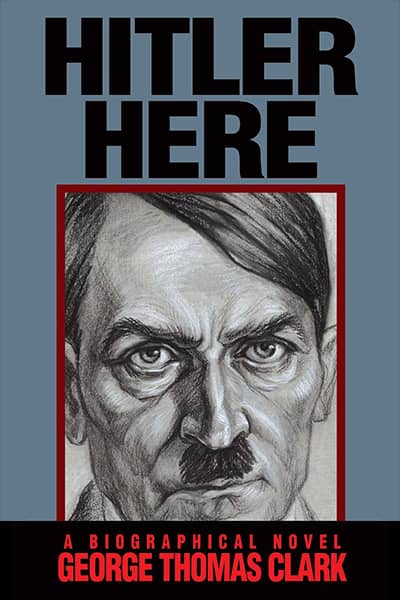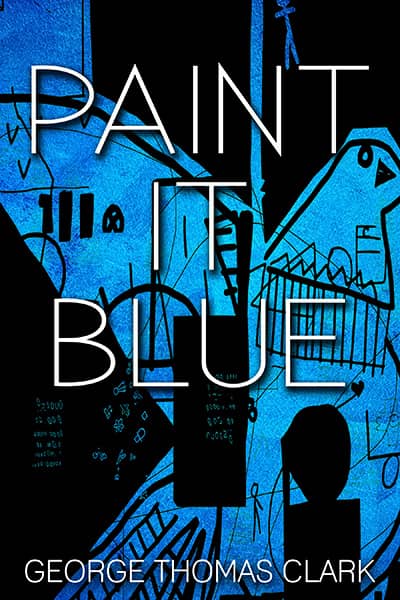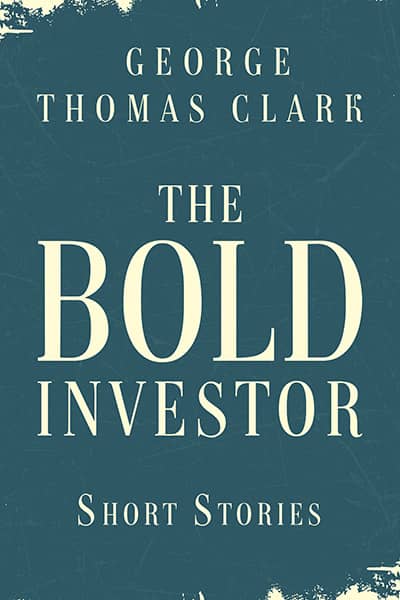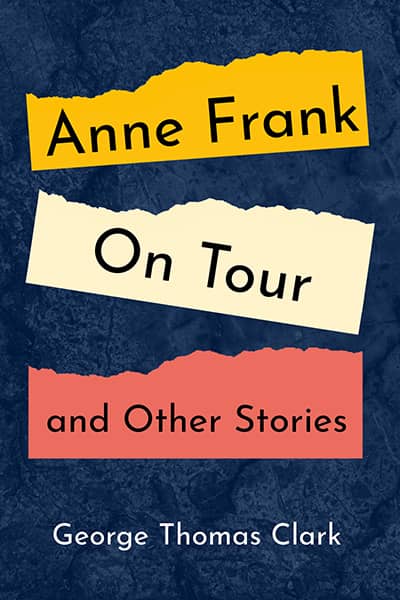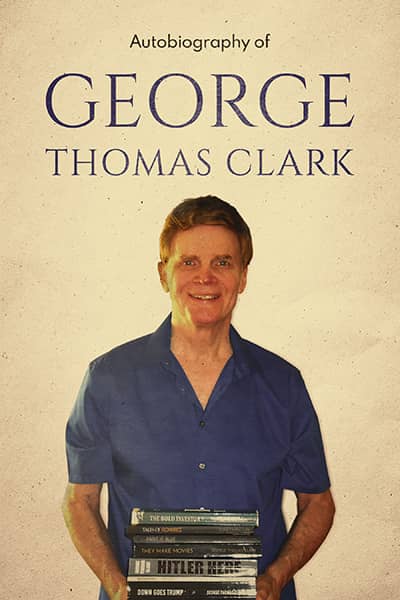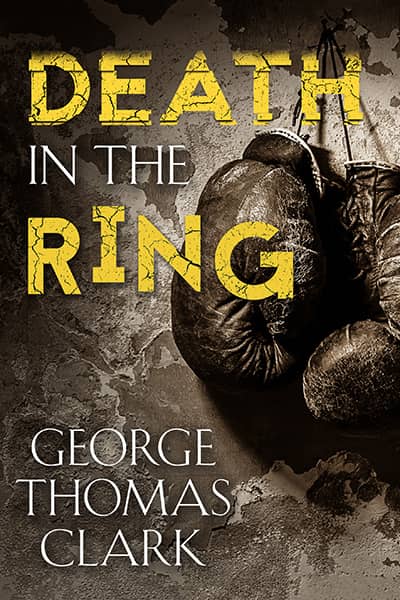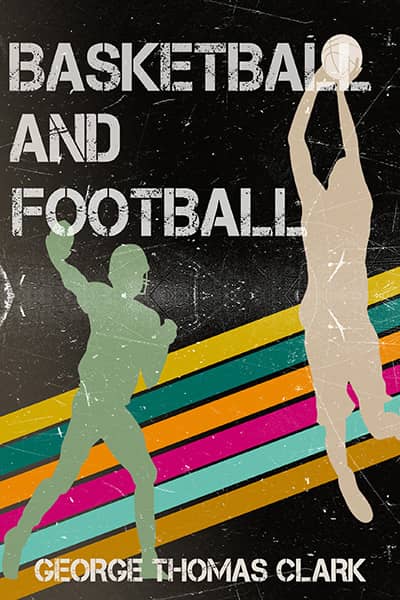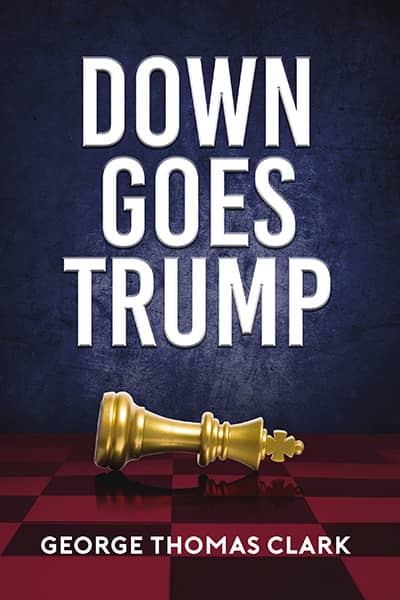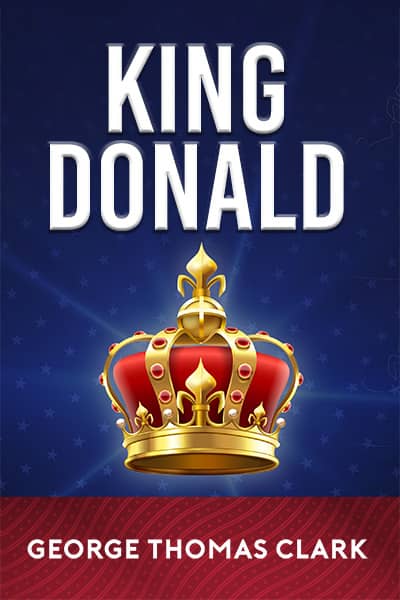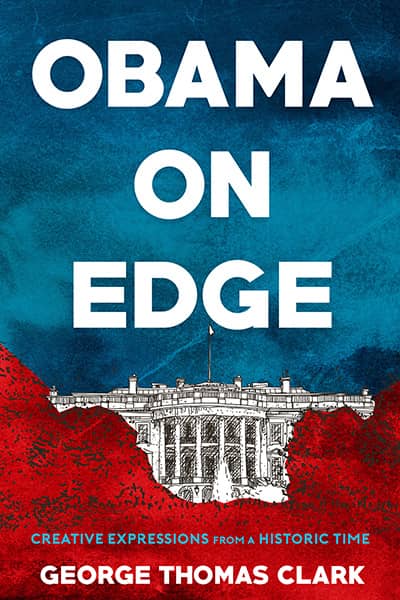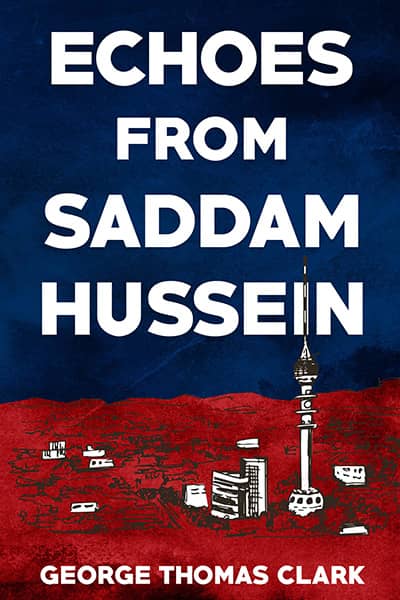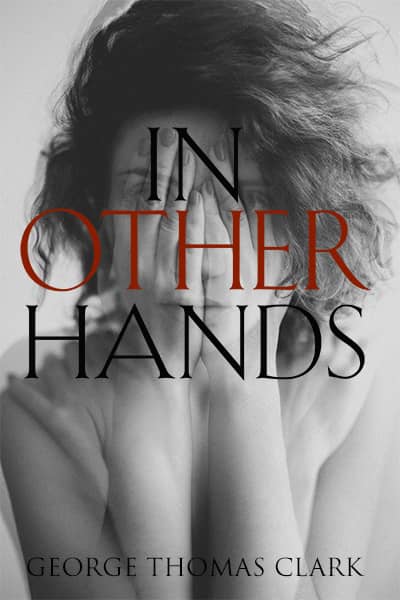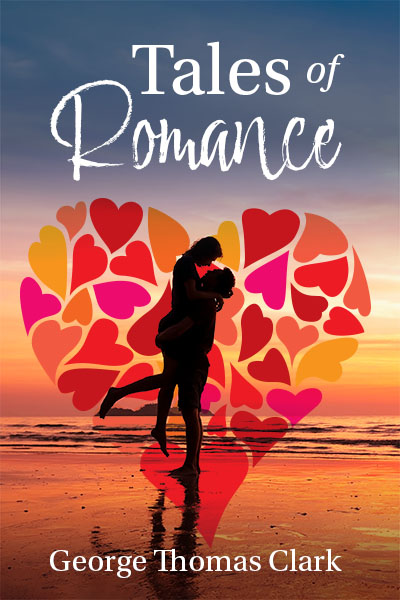From Hungary to Hollywood with Actress and Filmmaker Klaudia Kovacs
November 22, 2011
On a cold and windy late afternoon in Tehachapi, as light mountain rain pricks my bare arms, I hustle inside Beekay Theater to see the annual Playwright’s Festival, nine ten-minute plays created, produced, directed, and acted by local talent. Ordinarily, Los Angeles induces theatrical binges but I’m intrigued by a newspaper paragraph noting “Bill and Coo” will be directed by new part-time Tehachapi-area resident, and Hollywood Hills dweller, Klaudia Kovacs, a Hungarian actress and filmmaker who came to the United States at age nineteen. She co-produced the documentary Panic Nation about immigration hysteria in this country and directed Torn from the Flag, which reviewers describe as a vivid and moving account of the 1956 Hungarian Revolution crushed, at least physically, by military might of the Soviet Union.
Beset by inexplicable bias I envision Kovacs as taut and grim, perhaps a little Kafkaesque, and cautiously accept an usher’s offer to pay one dollar to send a message to a cast member. I print that I’ve written numerous immigration articles and ask her to contact me.
As “Bill and Coo” begins, the audience knows former lovers are going to coincidentally meet in a coffee shop. He spots her but cringes and shields his face, hoping she doesn’t notice. She discovers him and jerks her head the other way. Coo, played by Kathleen Siciliani, is a tall, buxom woman in a low-cut blouse, and, sitting at the opposite end of a table from her ex, she crosses long legs and pumps the top one with nervous intensity. Ultimately, they see each other and through thick ice she rebukes him for deserting her. He doesn’t apologize but tries to appear contrite. They still have that spark. Romantic Bill places a paper atop one of Coo’s breasts and writes his phone number. And with promise they part. The actress looks at the paper: Bill’s left her the bill. Viewers applaud and the announcer reveals that actress Siciliani is “indisposed” and her part was played by the director, Klaudia Kovacs.
A couple of days later Kovacs emails me and we arrange a phone interview during which she reveals she acted in children’s theater in Hungary but was rejected by an acting school in Budapest and brought much ambition to New York City at age nineteen. As a beginner in English she babysat a six-month old girl, studying English books several hours a day and watching TV to learn the language and its twelve verb tenses, unlike only the present, past, and future in Hungarian. Within a year she was fluent, and as a former adult ESL teacher I certify that’s fast.
“Even though I know English well, it’s still a second language, and it’s harder to learn lines,” Kovacs says, with only an occasional hint of accent. “The actress playing Coo was injured two hours before the show on a Friday, when the plays opened, so we had to cancel ours while I studied and we rehearsed. We were ready Saturday night.”
“Had no idea you’d just learned your lines,” I say.
“I’ve done lots of theater and feel I’m more suited to the stage. Subtlety is more important in movies.”
“Have you done any screen roles?”
“I had a small part in the movie I Spy with Eddie Murphy and Clive Owen. It was shot in Hungary and I just did the voice over for several background voices. I think my best performance as an actress came in an Off Broadway play in 2003. I was the heroine in The Insanity of Mary Girard. It’s based on a true story from the late 1800s in Philadelphia. Mary is a beautiful woman about age twenty-five who marries a cold businessman twenty years her senior. She can’t produce a baby by him, then she has an affair and gets pregnant by her lover, and her husband has her locked up in a sanitarium.”
“Must’ve been a demanding role.”
“It was mentally taxing. I did a lot of research in a sanitarium and learned there’s a fine line between someone being super sensitive and going mad. At the end Mary’s delusional but her soul is becoming free. I had to cry eight times a night for three weeks.”
She also molded challenging material in Torn from the Flag. Relations between the Soviet Union and Hungary had been poisoned since 1941 when Hitler and Nazi Germany forced Hungarians into the Axis alliance that invaded Russia and eventually killed millions. By 1944 the Soviets had battered the Germans along the Eastern Front, and Hungary tried to make peace with the Anglo Americans. The Nazis countered with an invasion of Hungary, slaughtering and imprisoning thousands of soldiers and citizens. In 1945, the Soviet Union, victorious and enraged, occupied Hungary and much of Eastern Europe, and began to suppress fledgling democracies.
In a few years Soviet coercion turned Hungary into a one-party state. Free market economic practices were trampled and replaced by a communist system that, typically, suffocated spirit and initiative, suppressed the intelligentsia, and caused economic decline. The Hungarians were also paying twenty percent of national income in reparations. The Soviet Union further ensnared Hungary with a mutual assistance treaty that guaranteed the presence of Soviet troops. Joseph Stalin’s death in 1953 didn’t lessen Soviet dominance. In 1955 the Warsaw Pact military alliance was established. While Austria gained neutrality, the Hungarians did not. On October twenty-third, 1956, two hundred thousand citizens protested in the streets of Budapest. As their anger intensified they threw steel ropes around the neck of the huge bronze statue of Joseph Stalin and blow-torched the base for an hour, pulling the dictator down and leaving only his empty boots.
The shield of repression is Torn from the Flag of Hungary, and Klaudia Kovacs’ documentary focuses on the ensuing days of tumult. Distinguished cinematographers Laszlo Kovacs and Vilmos Zsigmond have filmed many events of 1956, and some archival footage is used in this project. While their cameras roll, Klaudia Kovacs interviews Henry Kissinger and several Hungarian patriots and politicians. Easy Rider and Shampoo are among Laszlo Kovacs’ cinematic efforts while McCabe & Mrs. Miller and The Deer Hunter highlight Zsigmond’s resume. Torn from the Flag is Laszlo Kovacs’ final project.
“Are you related to him?” I ask.
“Unfortunately, no,” Kovacs says. “But it was an honor to work with him and Vilmos. They’re so talented and experienced that I left most of the technical decisions to them. Everything had to be properly handled. Henry Kissinger said he’d give us twenty minutes and not a second more. I was well prepared for him.”
Key elements from five Soviet divisions stationed in Hungary surround Budapest the first evening and enter the capital at two a.m. on October twenty-fourth. Hungarian protesters and communist soldiers battle until a ceasefire on the twenty-eighth when the Soviets withdraw to the countryside. Marshal Georgi Zhukov, supreme Russian general during World War II, advocates withdrawal. Premier Nikita Khrushchev and other leaders agree, but on the thirtieth Hungarian protesters attack the secret police contingent occupying headquarters of the Hungarian Working People’s Party. They kill about twenty officers, some by lynching. The following day the Soviets, determined not to appear weak to Cold War adversaries, reverse their position and order a massive invasion.
Early on November fourth, 1956 Operation Whirlwind begins with coordinated strikes by seventeen divisions, a thousand tanks, artillery, and warplanes. Prime Minister Imre Nagy broadcasts pleas for help. The world can do nothing, and by November eleventh the revolution has been shattered and a ceasefire declared. Twenty-five hundred Hungarian civilians and protesters die and about seven hundred Soviet soldiers perish. Afterward, two hundred thousand Hungarians flee to other countries. They’re lucky to escape. Soviet-directed Hungarian justice puts twenty-six thousand people on trial. Half are imprisoned, and several hundred executed. Deposed Prime Minister Nagy is one of the latter.
Editorial notes: Klaudia Kovacs can next be seen on stage at the Beekay Theater this Christmas season as she portrays a young mother dying of tuberculosis in the 1950s.
The Hungarians and Soviets battered each other during a water polo match in December 1956 at the Summer Olympics in Australia.
To read “Water Polo War,” please click here
